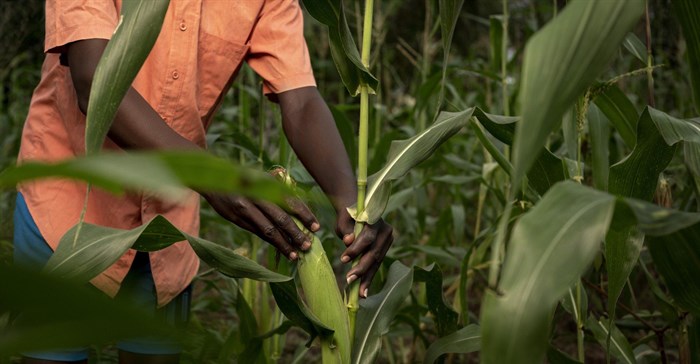The Minister of Agriculture, Land reform and Rural Development, Thoko Didiza has launched the much-awaited country's farmer register. The department has undertaken this task to understand its client base both in terms of size and scale operation.
In 2019/20, Statistics South Africa released the Agricultural Census which covered mainly the commercial sector. "While this was encouraging, we were still short of data about smallholder producers in our country. The aim of the survey was to get data that will tell us where the smallholders are in the outreach, their demographics, production as well as their contribution to employment," said Minister Didiza.
To ensure that this work meets the statistical requirement, the department had to work with Statistic South Africa on the development of the model. The department also had to work with the Provincial Departments of Agriculture because this is where, on a daily basis, farmers receive their services.
"In 2020, we had 95 501 registered farmers in our register. This number is further delineated in terms of provinces. One interesting feature is that in some Provinces there are more female producers," said the Minister.
In terms of age category, the department found that during the year 2020, KwaZulu-Natal had more young farmers, followed by Eastern Cape. With regard to operation or farmers’ production, the register has confirmed that more smallholder and subsistence farmers are involved in livestock production, followed by crops and mixed farming.
"This tool it’s important because it will enable us as government in terms of support as well as monitoring the performance by government and farmers themselves," concludes Minister Didiza.
The farmer register covers attainable smallholder farmers across provinces and it is important to note that not all farmers were reached in this phase of the register, due COVID-19 lockdown restrictions. Farmers registration is ongoing, as the department is still attracting more farmers on its database in all the provinces.
The data collected to some extent includes households, subsistence, medium-scale and commercial farmers based on the following farming activities: Cultivation of crops and horticulture, Livestock production and a combination of the above (mixed farming).




























